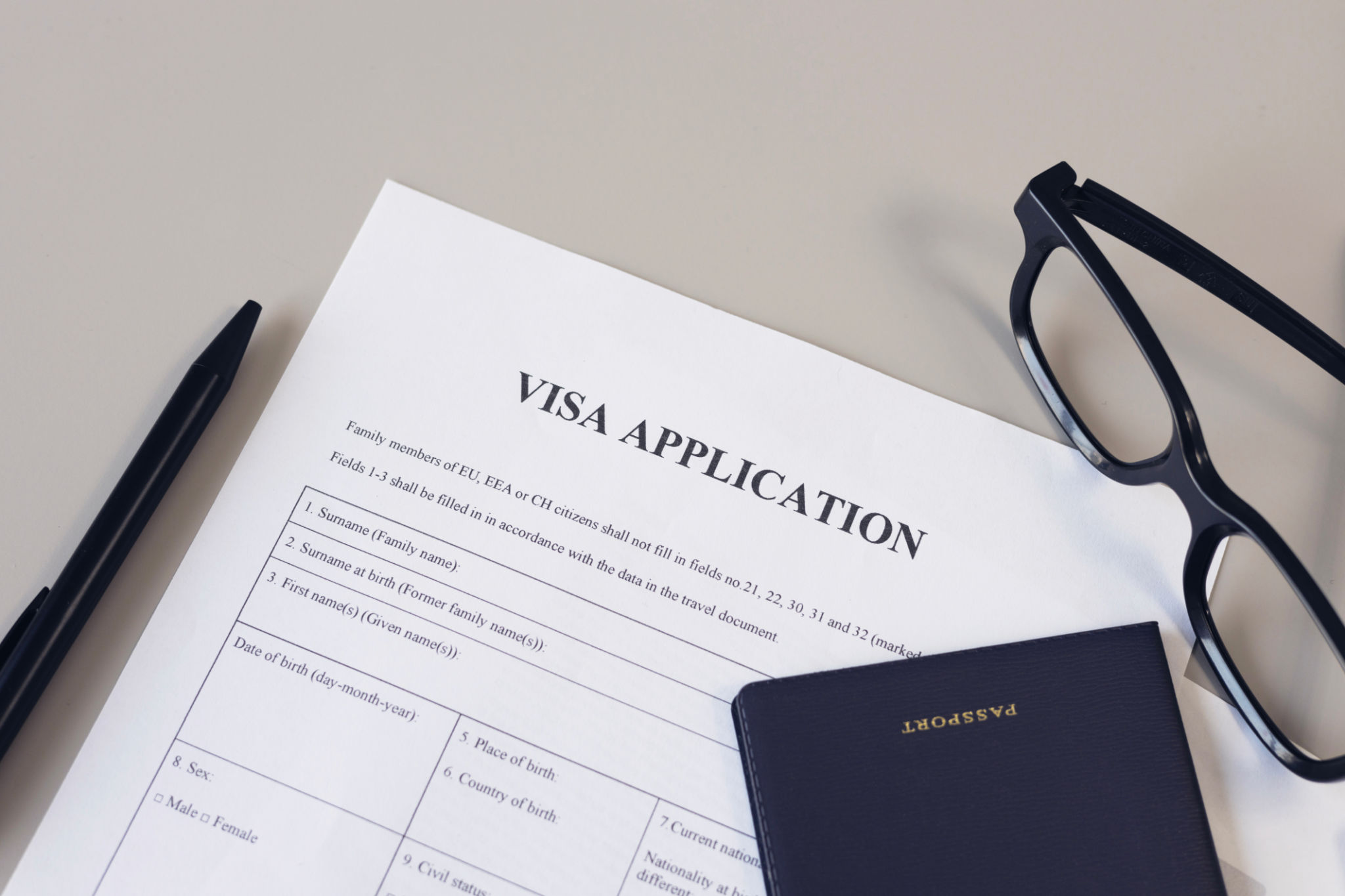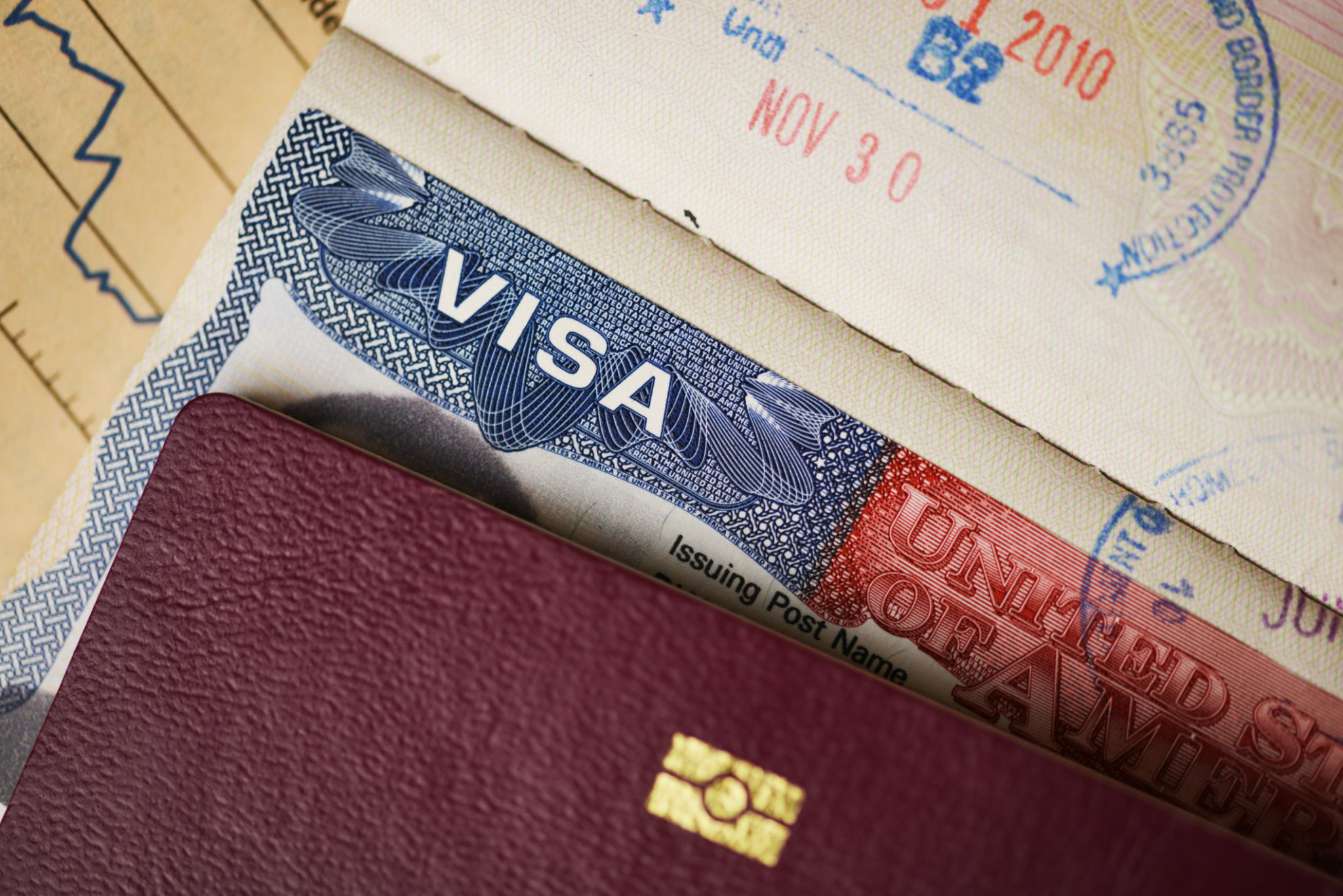A Step-by-Step Guide to Applying for a Family Visa in the EU
Understanding the Family Visa
Applying for a family visa in the EU can be a complex process, but it's an essential step for families wishing to reunite or settle in a new country together. Each EU member state has its own specific requirements and procedures, but there are common steps you can follow to increase your chances of success.
The family visa allows eligible family members of EU citizens or residents to join them, facilitating family unity and integration. It's crucial to understand your eligibility and the documentation needed before starting the application process.

Determining Eligibility
Before applying, determine if you meet the eligibility criteria. Generally, immediate family members such as spouses, dependent children, and, in some cases, parents, are eligible. However, these criteria can vary significantly between countries.
It's advisable to consult the specific requirements of the country where your family member resides. Some countries may require proof of financial support or accommodation to ensure that you can sustain yourself without public assistance.
Necessary Documentation
Gathering the correct documentation is crucial. Typically, you will need:
- Passport valid for at least six months
- Proof of relationship (marriage certificate, birth certificate)
- Visa application form
- Proof of financial means or support
- Health insurance coverage

Filling Out the Application
Once you've gathered all necessary documents, the next step is filling out the application form. This form can often be found on the official website of the embassy or consulate of the country you're applying to. Ensure all details are accurate and match your supporting documents.
Many countries now offer online applications, making the process more convenient. Be thorough and double-check for any errors before submission, as mistakes can lead to delays or rejections.
Submitting Your Application
After completing your application, submit it to the appropriate visa office or embassy. This may require scheduling an appointment for an interview or biometric data collection. It's important to follow the instructions provided by the embassy or consulate closely.

Waiting for Approval
The waiting period for family visa approval varies by country and individual circumstances. During this time, it's crucial to remain patient and avoid making any travel plans until you receive official confirmation.
If your application is successful, you will receive a visa allowing you to enter and reside in the country with your family member. If denied, you often have the option to appeal or reapply with additional documentation.
Preparing for Arrival
Once your visa is approved, start preparing for your move. This includes arranging accommodation, understanding local laws and customs, and enrolling children in school if applicable. Adequate preparation ensures a smooth transition to your new home.
Finally, maintaining open communication with your family member throughout the process can offer emotional support and ensure that everyone is prepared for any challenges that may arise during this transition.